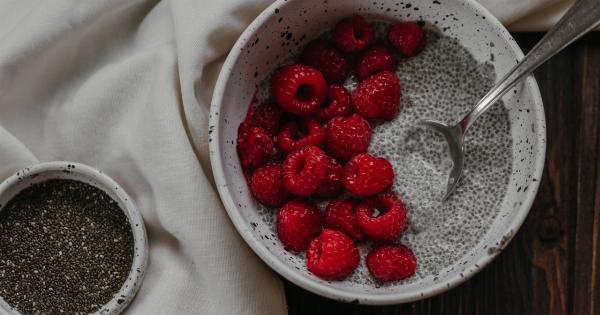As we age, our nutritional needs change due to the physiological changes and metabolic shifts that occur in our bodies. Adjusting your diet to meet these changing needs becomes crucial for maintaining optimal health and well-being.
In this article, we discuss the dietary considerations and specific nutrients to focus on in your 20s, 30s, 40s, and beyond.
Your 20s: Building a Solid Nutritional Foundation
Your 20s are a pivotal time for establishing healthy dietary habits that can positively impact your long-term well-being. This is the age when your body finishes growing and developing, and proper nutrition is essential for promoting optimal health.
Focus on the following dietary guidelines:.
1. Eat a Balanced Diet
A balanced diet is crucial for providing your body with the necessary nutrients it needs to function at its best. Include a variety of fruits, vegetables, whole grains, lean proteins, and healthy fats in your meals.
This will ensure you’re receiving a wide range of vitamins, minerals, and essential nutrients.
2. Hydrate, Hydrate, Hydrate
Staying hydrated is important at any age. Aim to drink at least eight glasses of water each day to support your bodily functions, maintain healthy skin, and boost overall well-being.
3. Prioritize Calcium-Rich Foods
Your 20s are a critical period for building bone density. Make sure to include calcium-rich foods in your diet, such as dairy products, leafy greens, fortified plant-based milk, and tofu.
Consuming adequate calcium now can help prevent osteoporosis later in life.
Your 30s: Nurturing Your Body and Mind
As you enter your 30s, your metabolism starts to slightly slow down, making it important to be mindful of your calorie intake. Here are some dietary adjustments to consider:.
1. Focus on Nutrient-Dense Foods
Since your metabolism is slowing down, prioritize nutrient-dense foods to ensure you’re getting enough essential nutrients without excessive calories. Include plenty of fruits, vegetables, lean proteins, and whole grains in your diet.
2. Don’t Neglect Healthy Fats
Healthy fats are crucial for brain health, hormone production, and facilitating nutrient absorption. Add sources of omega-3 fatty acids, such as fatty fish, avocados, nuts, and seeds, to your diet to support these important functions.
3. Increase Fiber Intake
Aim for at least 25 grams of fiber daily to support digestion, maintain healthy cholesterol levels, and promote a feeling of fullness. Incorporate more vegetables, legumes, whole grains, and fruits into your meals to boost your fiber intake.
Your 40s and Beyond: The Age of Nutritional Balance
Your 40s and beyond are characterized by hormonal shifts and changes in body composition. Paying attention to your diet becomes even more essential during this stage of life. Consider the following dietary adjustments:.
1. Focus on Antioxidant-Rich Foods
As your body ages, it becomes more susceptible to oxidative stress and inflammation. Include plenty of antioxidant-rich foods in your diet, such as colorful fruits and vegetables, to support your immune system and promote cellular health.
2. Prioritize Bone Health
During and after menopause, women are at a higher risk of developing osteoporosis. To support bone health, increase your consumption of calcium-rich foods and consider adding a vitamin D supplement.
Engaging in weight-bearing exercises can also help strengthen bones.
3. Stay Hydrated and Support Digestive Health
As you age, it becomes even more important to stay hydrated and support your digestive health. Drink plenty of water and incorporate probiotic-rich foods, such as yogurt or fermented vegetables, into your diet to support a healthy gut microbiome.
Conclusion
As you journey through different stages of life, it’s crucial to acknowledge the changing nutritional needs and adapt your diet accordingly.
By following these guidelines for each decade, you can ensure that your body receives the necessary nutrients for optimal health and well-being. Remember, wise dietary decisions today will positively impact your future self.






























